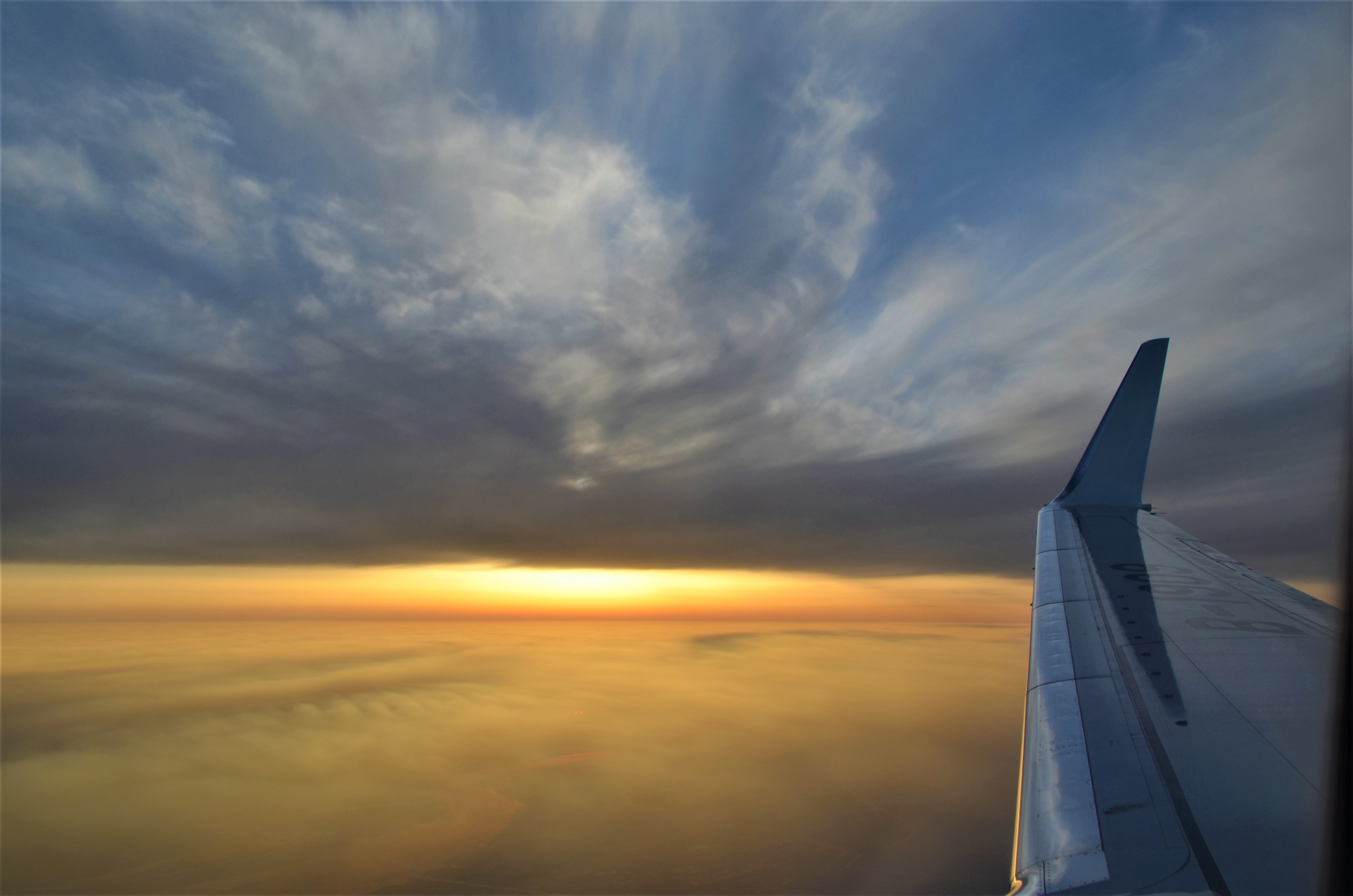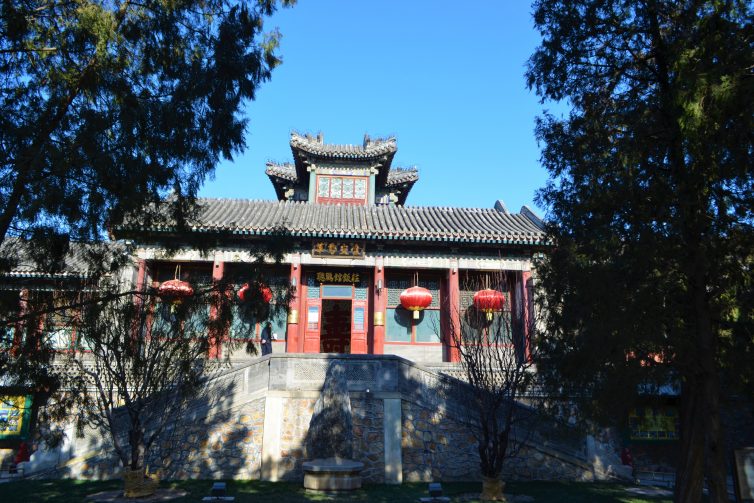Our final day in Beijing (and its imperial outskirts) was reserved for a dreamy escape to the Summer Palace — or, as it’s poetically called in Chinese, Yihe Yuan, the Garden of Nurtured Harmony. If the Forbidden City was the emperor’s winter residence, then yes, you guessed it: this was the royal summer retreat. And what a retreat it was!
Last Day in Beijing: A Date with Empress Cixi at the Summer Palace
Located about 12 km from central Beijing, the Summer Palace began as a simple imperial garden during the Qing Dynasty in the 12th century. Just a modest little patch of nature for the emperors to catch their breath, sip some tea, and do whatever emperors do when no one is watching. But then Emperor Qianlong — a man with a taste for grandeur and concubines (we’ll get to that!) — decided to transform it into the majestic, sprawling complex we see today.
Tragically, the original garden burned down in 1860 (thank you, foreign invaders), but the formidable Empress Dowager Cixi restored it to its full glory. And what glory! We’re talking hundreds of architecturally unique buildings, pavilions, pagodas, arched bridges, and intricate corridors, all scattered elegantly across 290 hectares — three-quarters of which are shimmering water.
Palaces, Concubines, and Forbidden Rules
The palace is divided into three main areas: the Court Area, the Longevity Hill Area, and Kunming Lake. Now here’s a juicy historical tidbit: Emperor Qianlong had a thing for concubines. The official ones (yes, there’s a distinction) had to be Manchu. These lucky ladies lived inside the Forbidden City along with the Empress. The unofficial concubines, however, non-Manchurian and less favored, were not allowed into the Forbidden City at all. But don’t worry, they weren’t entirely left out; they got the summer palace. A decent consolation prize, I’d say, considering the view.
Through the Dragon Gate
We entered the palace grounds via the Eastern Palace Gate (Donggong Men), which features three archways. The central one was reserved strictly for the Emperor and Empress — no common feet allowed. Nobles and ministers had to take the side lanes. Past the gate, we arrived at the Hall of Benevolence and Longevity (Renshou Dian), built in 1750. It was here that Empress Dowager Cixi is said to have spun her intricate political web. Unfortunately, the hall is closed to visitors, though the bronze dragon and phoenix out front still keep watch, representing imperial power and grace.
We wandered through a succession of historic gems:
- Hall of Jade Billows (Yulan Tang)
- Courtyard of Virtue and Harmony (Deheyuan) — once the largest theater of the Qing Dynasty
- Hall of Joy and Longevity (Leshou Tang), Empress Cixi’s personal summer residence, right on the lake’s edge
South of Leshou Hall, there’s a charming dock where you can almost hear the soft splash of the oars from long-lost royal boat rides. We continued lakeside and ascended Longevity Hill.
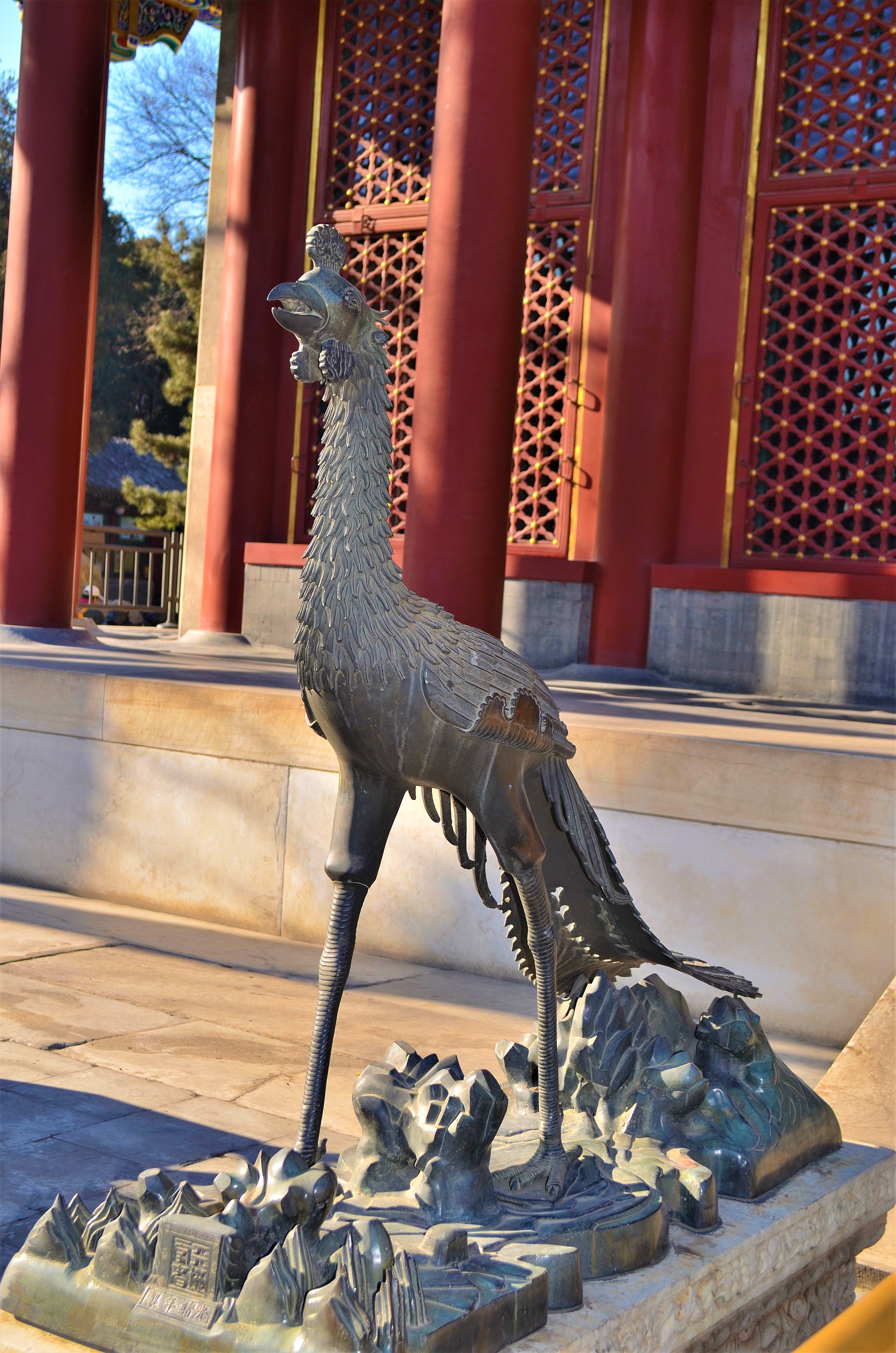
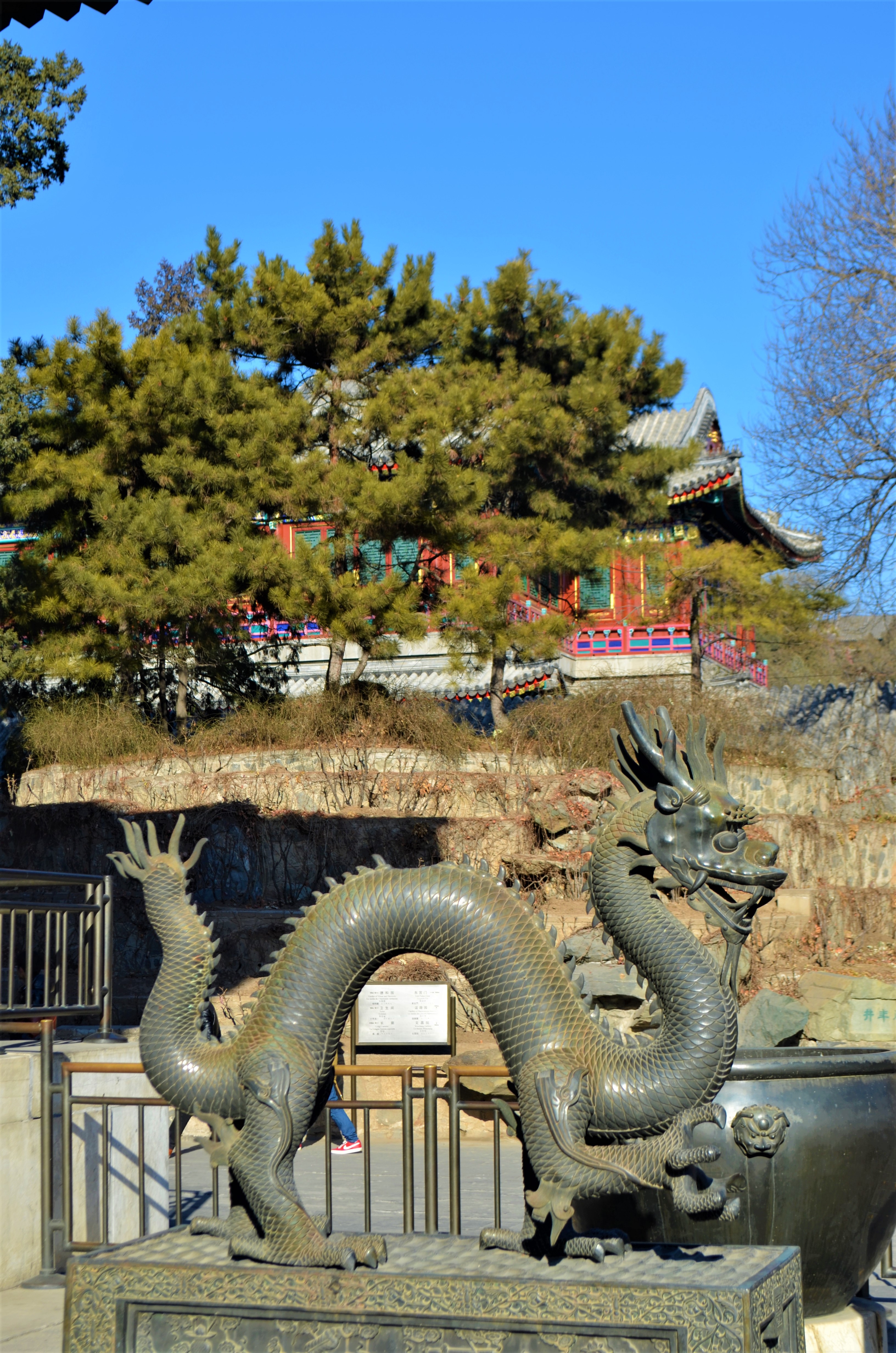
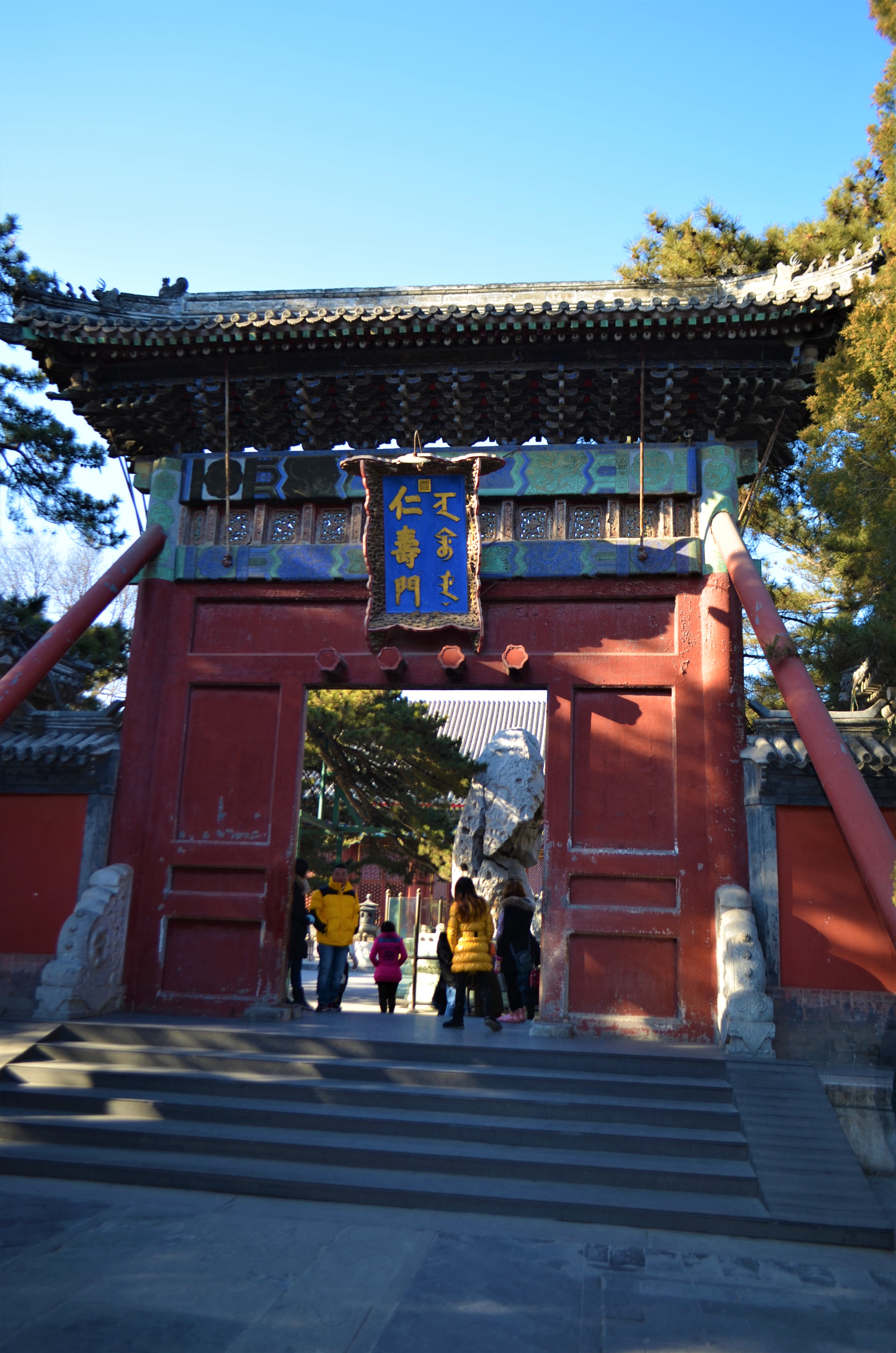
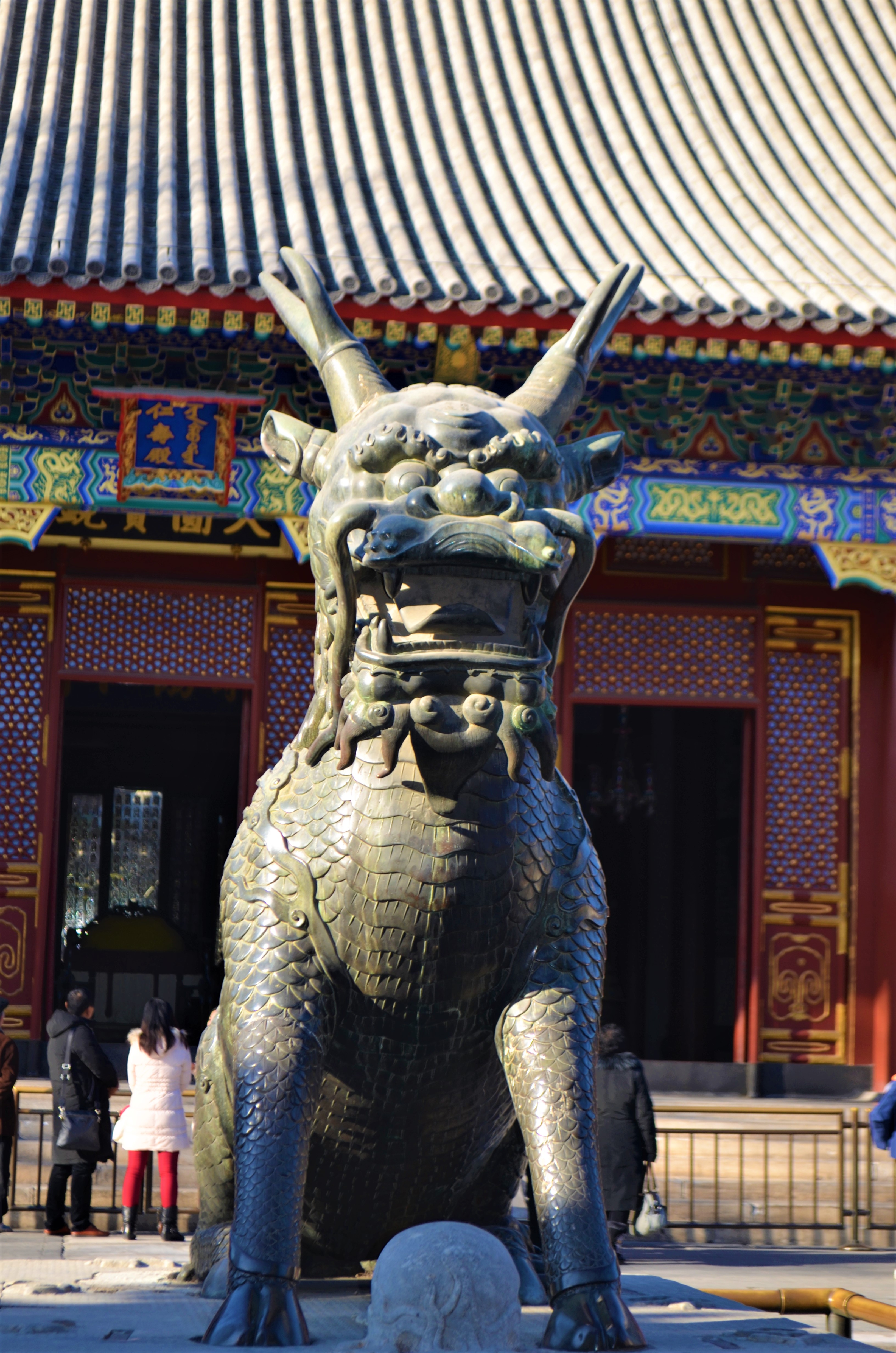
From there, we caught a glimpse of Zhichun Pavilion on a small island, and in front of us stood the stunning Hall of Dispersing Clouds (Paiyun Dian), the iconic Tower of Buddhist Incense (Foxiangge), and the Sea of Wisdom Temple (Zhihuihai). With its red columns and golden roof tiles, the Hall of Dispersing Clouds is arguably the most beautiful building in the entire palace, the scene of grand ceremonies and royal declarations. Two stately stone lions guard its entrance, noble and proud.
The Tower of Buddhist Incense, standing 41 meters tall, is considered the symbol of the Summer Palace. Meanwhile, the Sea of Wisdom Temple — perched atop Longevity Hill — is a Buddhist sanctuary adorned with glazed tiles that shimmer in the sunlight.
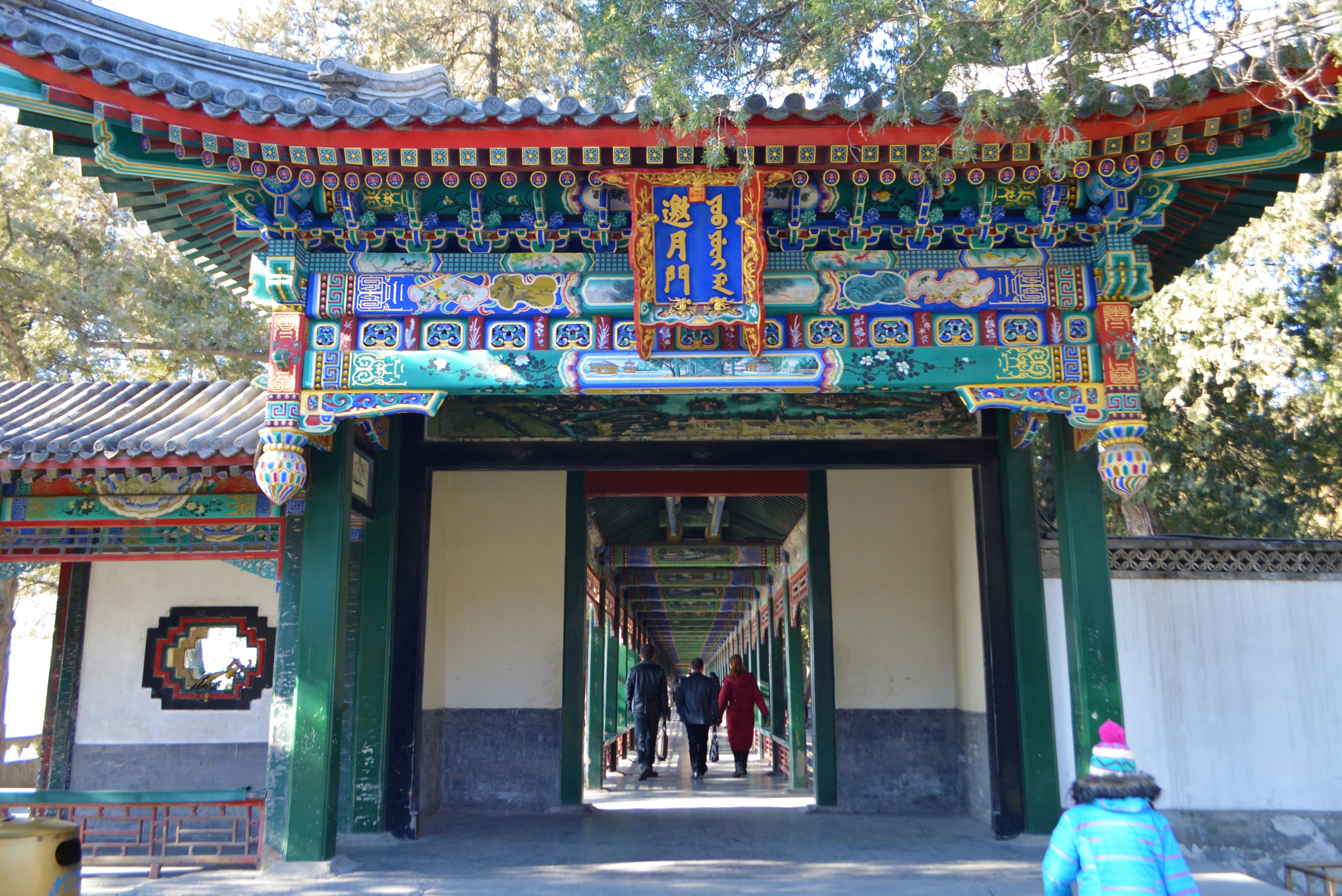
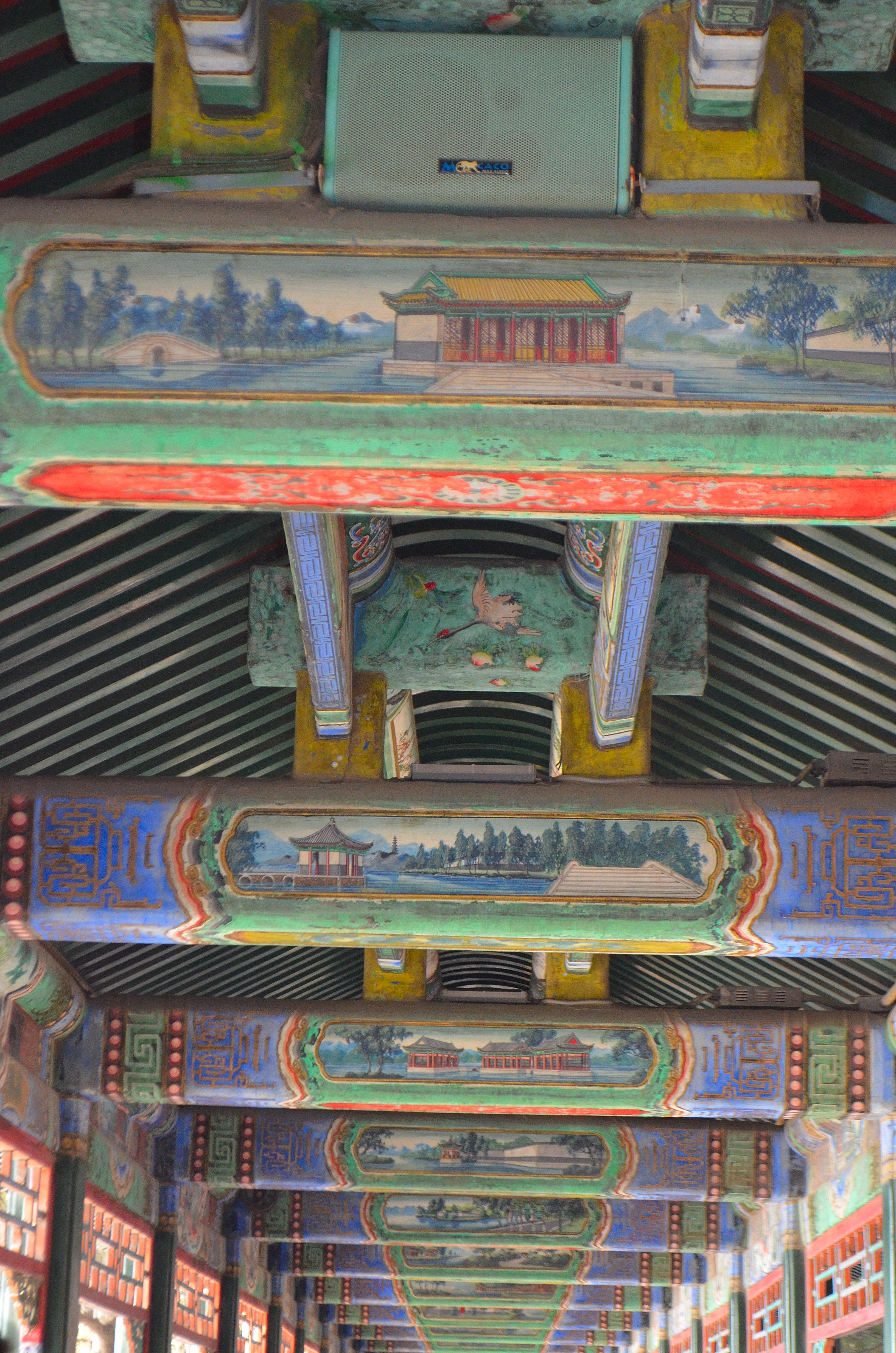
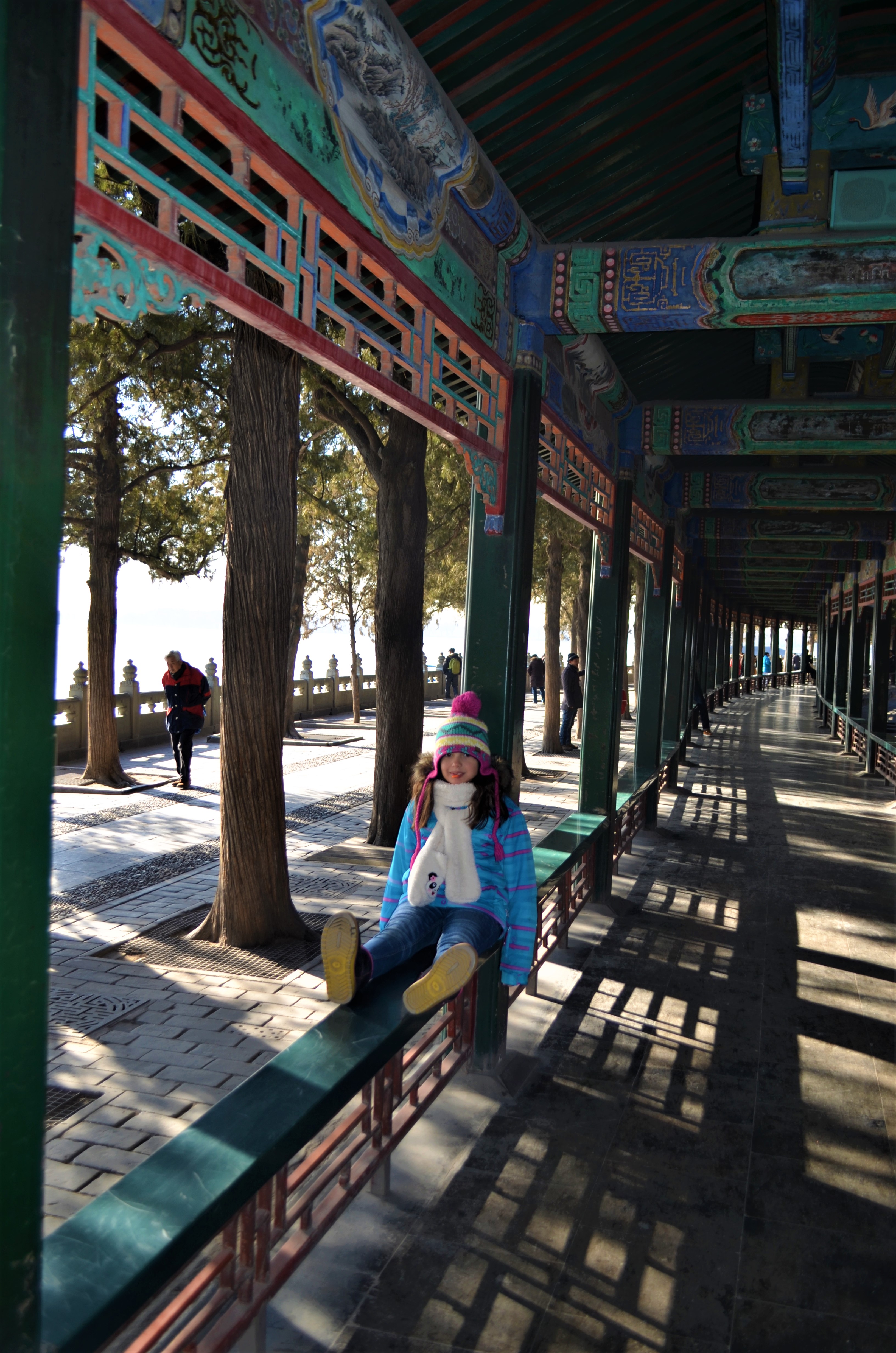
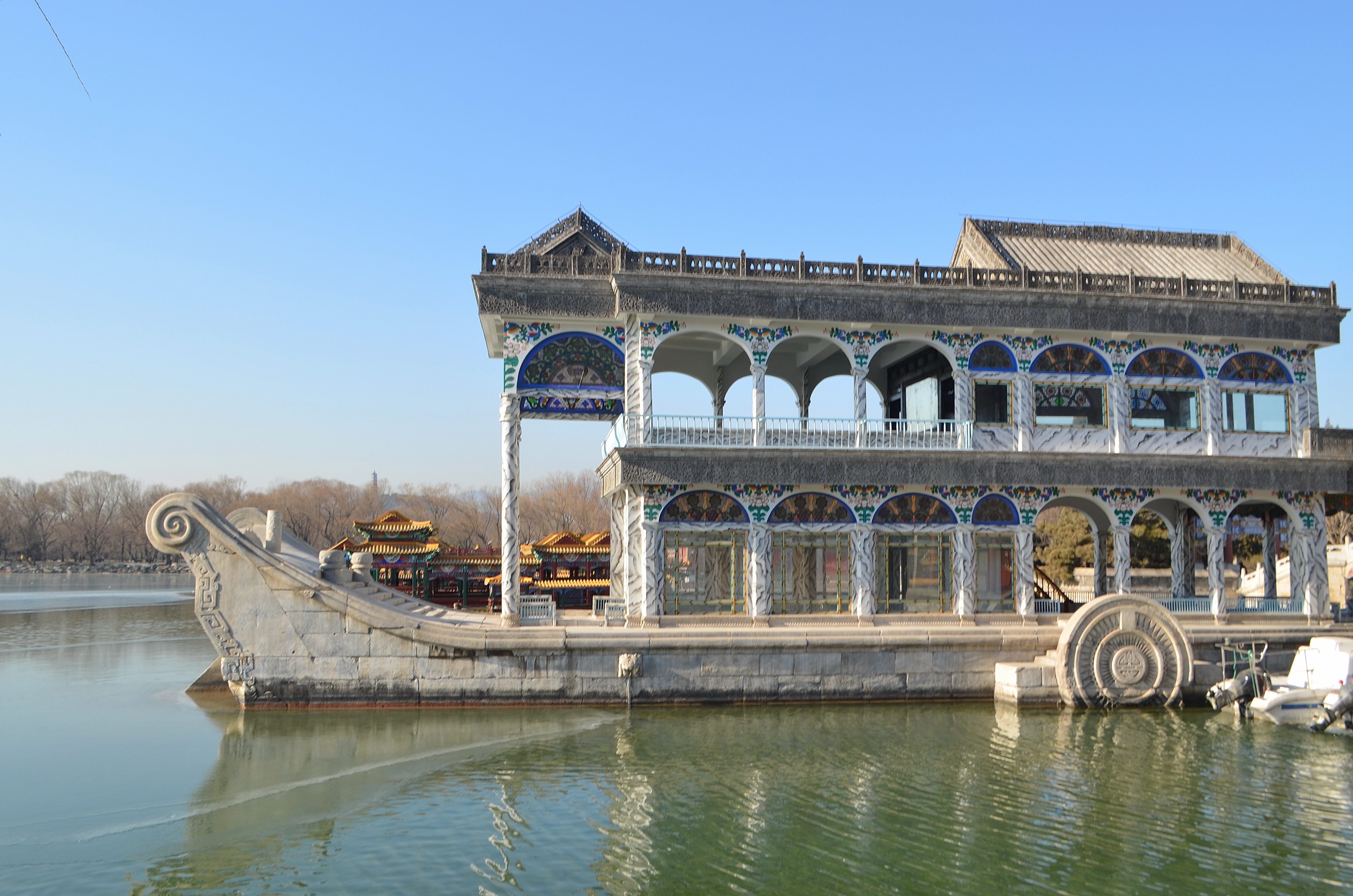
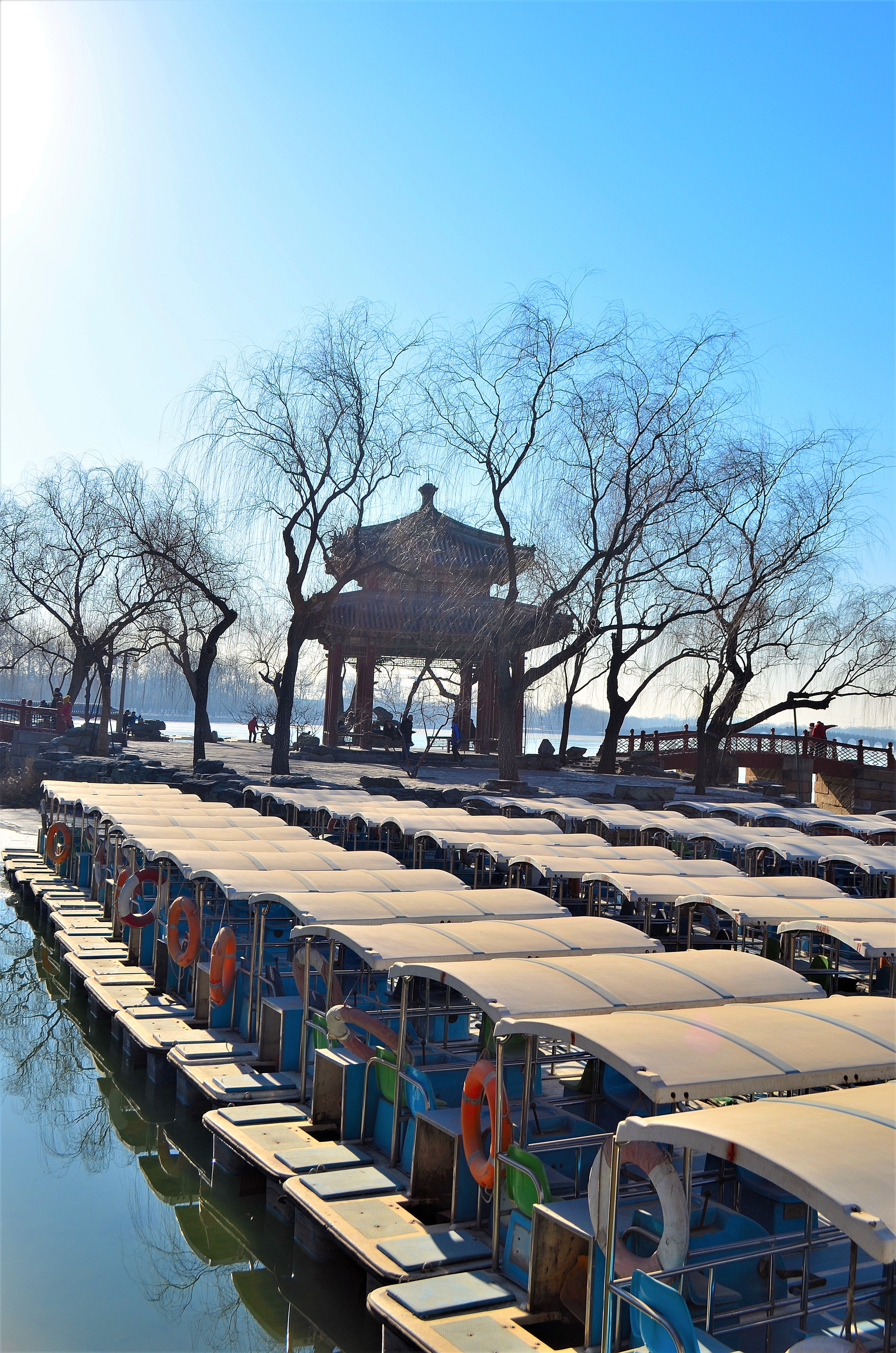

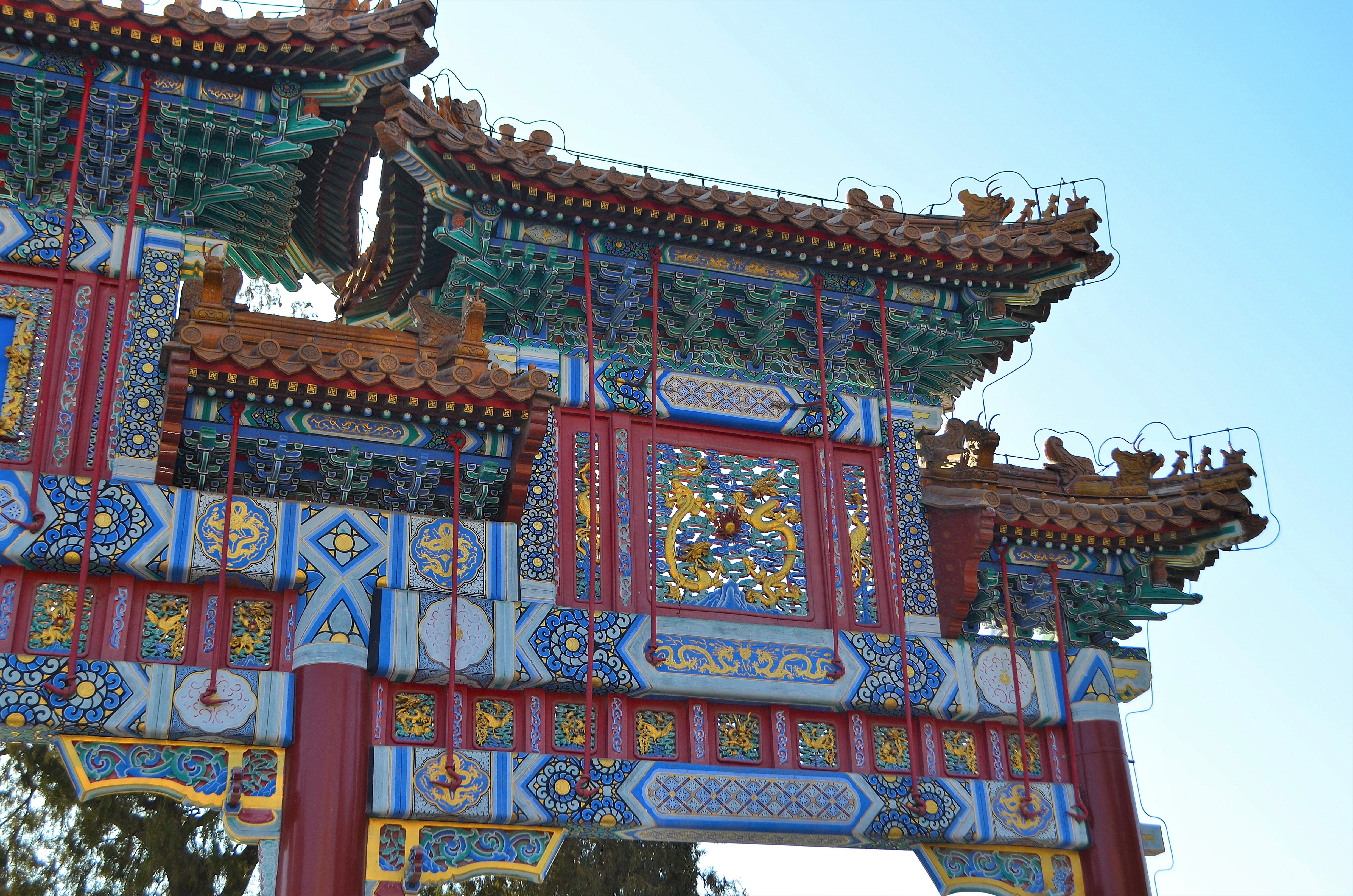
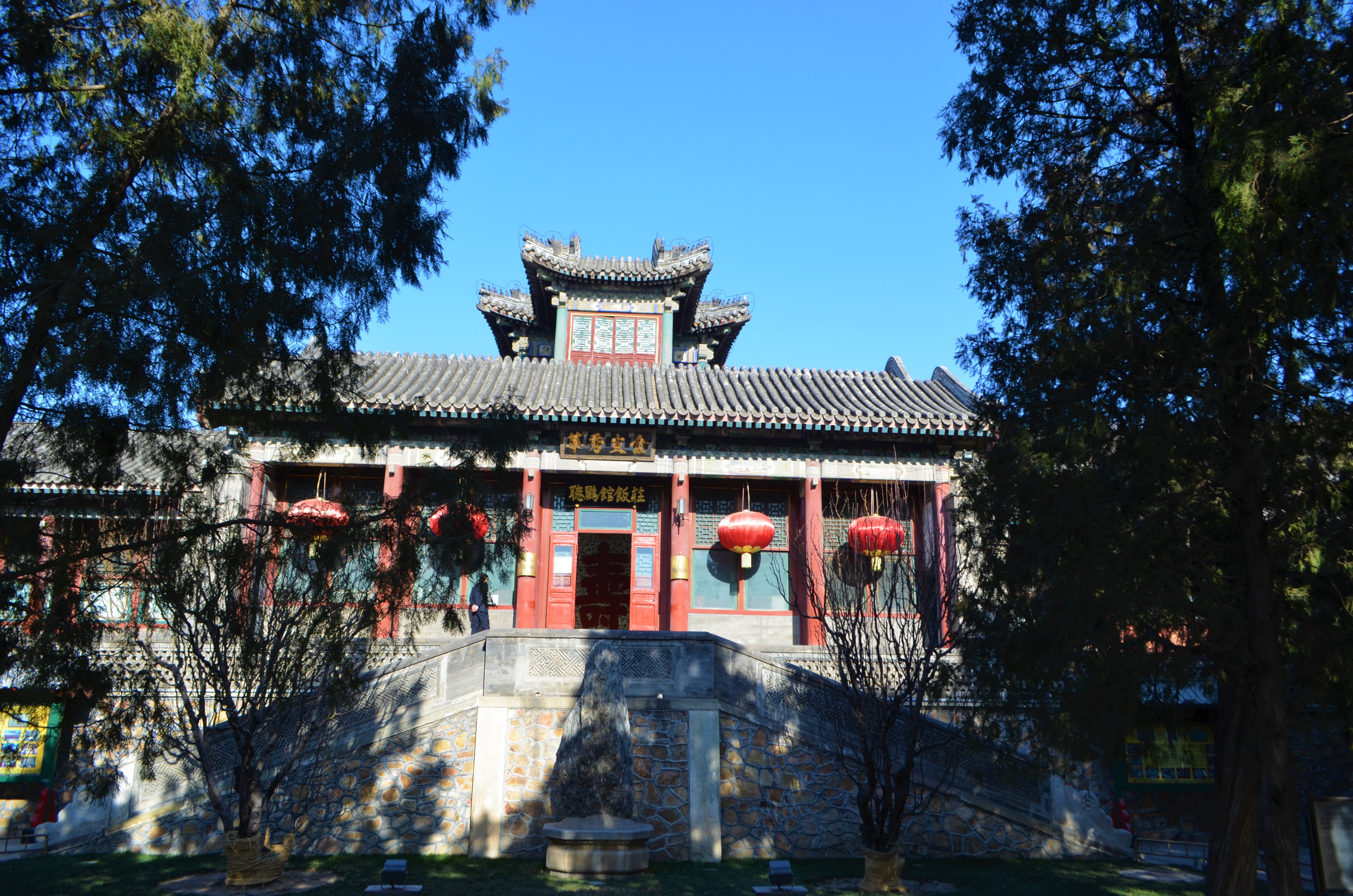
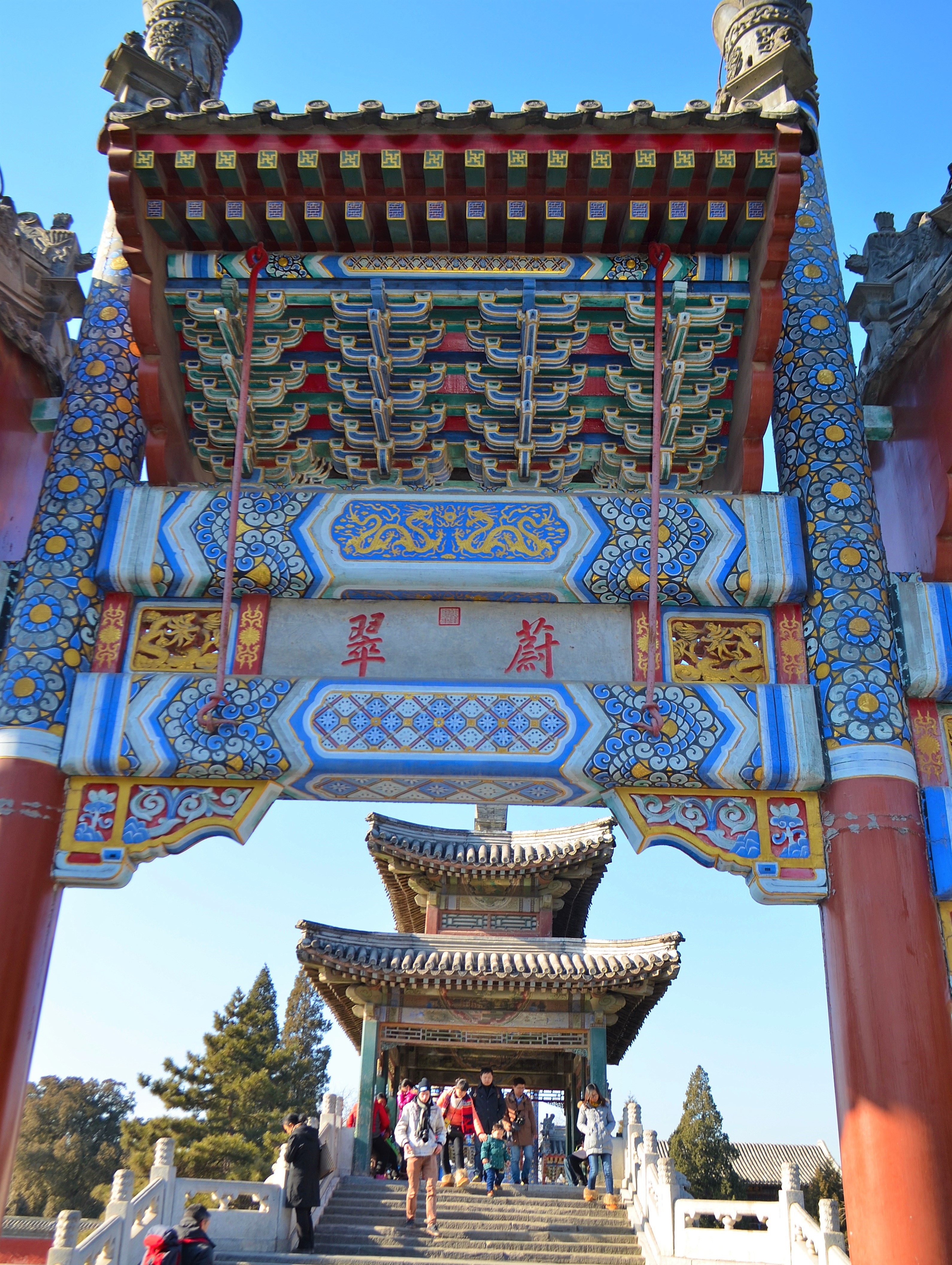
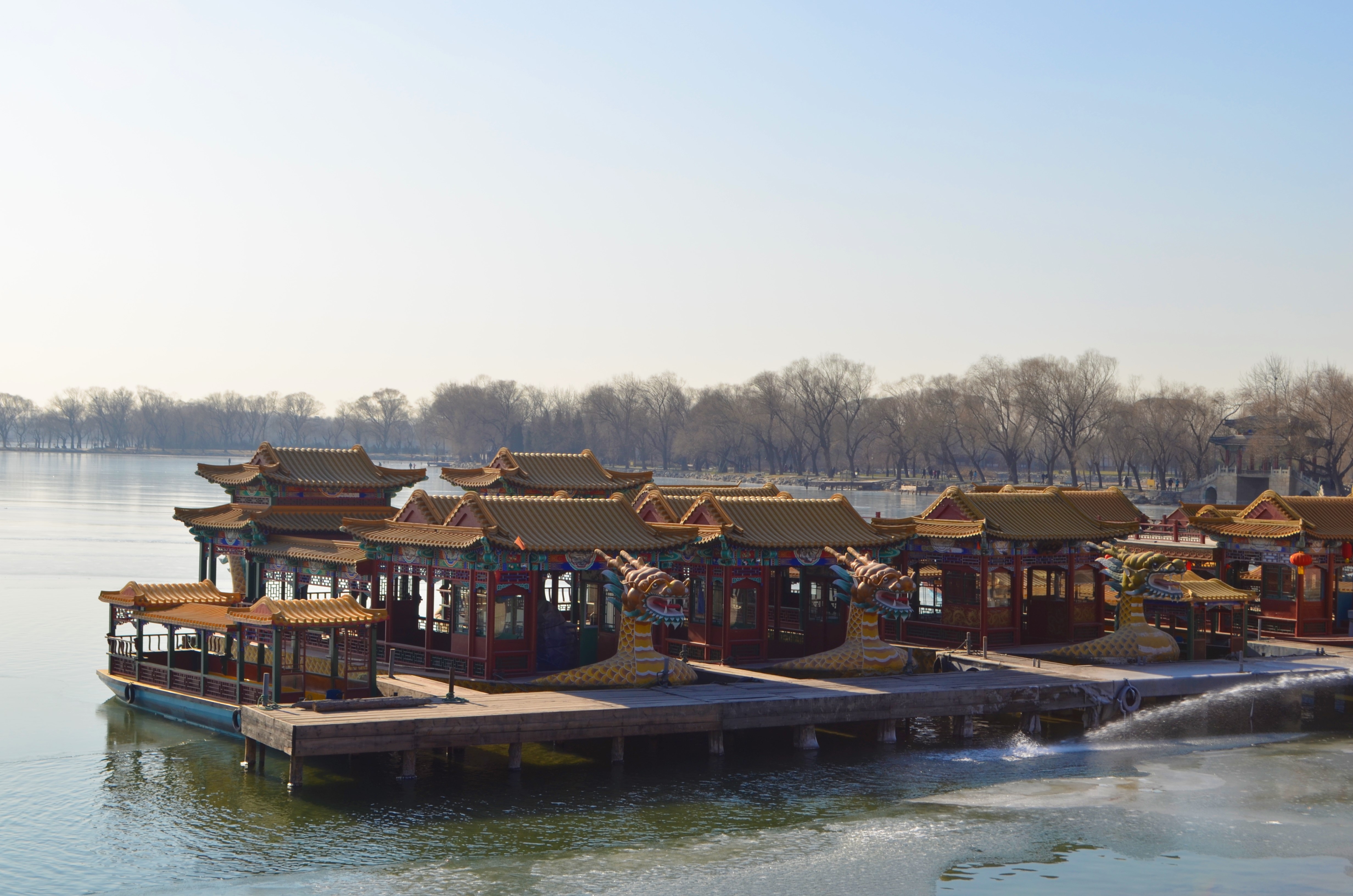
A Stroll Through a Painted Scroll
No visit would be complete without walking the Long Corridor (Chang Lang), a 728-meter-long wooden passage beautifully painted with thousands of scenes from Chinese legends and folklore. Built in 1750, the corridor wasn’t just pretty — it was practical. Empress Cixi used it for strolls and diplomatic meetings, shielded from both sun and gossip. Today, it holds the Guinness World Record for the longest painted corridor on Earth. Naturally, we had to walk it from end to end.
At the end of the corridor, we were greeted by one of the most oddly extravagant features in the palace — the Marble Boat. Built in 1755 at Cixi’s request (with funds that were, allegedly, meant for the navy… oops), it’s a stationary, full-size boat made entirely of marble. Because if you’re going to be decadent, you might as well be gloriously impractical too.
You can rent a boat nearby and float along Kunming Lake, pretending you’re an empress contemplating your next move in the game of dynasties.
Cixi: The Woman Behind the Throne
Now, let’s talk Empress Cixi, the woman who ruled from the shadows. Born into a poor Manchu noble family in Peking, she joined the imperial concubine “selection show” at just 16 years old. This wasn’t your average beauty contest — it included rigorous health checks, background verification, education assessments, and even astrological compatibility tests with the Emperor. Out of thousands, only 60 Manchu girls made it to the final round. And from there, the final choice rested with the late emperor’s widow. Cixi was chosen and entered court life as a “Fourth-Rank Honored Lady” (Gui Ren) to Emperor Xianfeng, and eventually became the most powerful woman of late imperial China.
Curious about her life? Check out “Dragon Lady: The Life and Legend of the Last Empress of China” by Sterling Seagrave or Pearl S. Buck’s novella “Imperial Woman.”
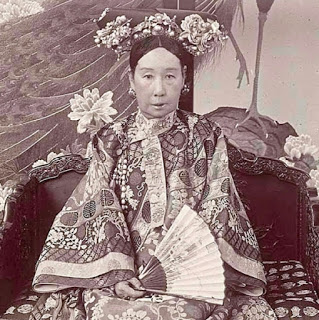
Goodbye, Beijing
The Summer Palace is open daily from 8:00 AM to 5:00 PM. Entry costs 30 yuan — a small price to time-travel into dynastic grandeur. This was our final stop in Beijing. The next morning, we said goodbye to Jack, our amazing guide for the past three days, and boarded our flight back to Shanghai.
And just like that, our Beijing adventure ended in the most royal way possible — with dragons, legends, painted stories, and a marble boat that never sails.


